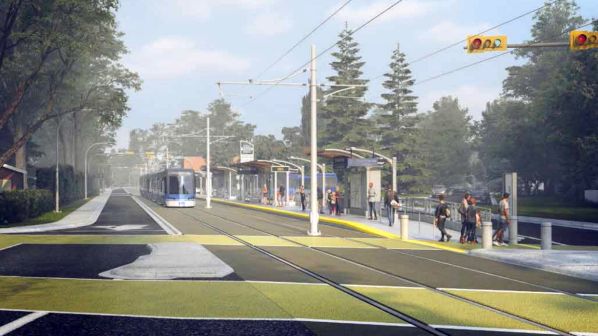NEW TRAINS NEW TRAINS NEW TRAINS
I was talking with a neighbour a couple weeks ago. First time talking, didn't realize what they did. Apparently they work for CoE, and are involved with the current Transed part of the line, helping coordinate the operation of the line. This is super interesting and complicated stuff (I got a few details, but i didn't want to bug them about work etc) and includes things like 'where does transed pile the snow they plow from the line, and where does CoE pile the snow from the adjacent road, etc. One interesting detail i learned from this conversation was that the new Churchill Connector has its own fire alarm system separate from the rest of the station, despite being the same building when complete.
Related to this post, they said that it's currently up in the air (and I guess out to RFQ/RFP) as to how to operate the Valley Line West. As it's being procured differently, and separate from Transed, CoE has the option to operate it itself via ETS, via a different private vendor, or use Transed. They were saying that there is no preference right now to any method, and we didn't get into the minutae about how each option would work, but the sense i got is that CoE is looking at all options to operate Valley line West, mainly dependent on how well they can integrate with Transed.
I must say i wonder how the line will operate under 2 separate operators, potentially 2 operators and 2 owners, should CoE contract out Valley Line West to another vendor beyond ETS. Would trains stop at 102 Street, would they continue through, and some strange incarnation of the Victorian-era Railway Clearinghouses system be brought in to pay for mileage? Even if ETS is the operator, how will the line operate continuously, and/or how convoluted does that contract become, to ensure seamless operation?
The overarching theme i got from my neighbour was that there is an insane amount of planning and contractual things being ironed out right now to make the Valley line integrate seamlessly with ETS, to the point that the average user won't notice the difference in operators. I am curious and excited to see how this new order integrates with all this. Do we just get 40 more mutant 7-segment Bombardier Flexities and call it a day? i think that could work!

